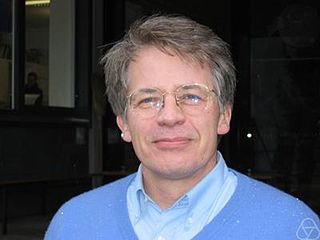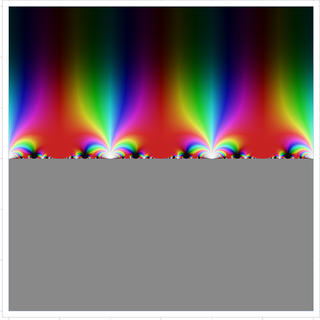| No. | Structure | Order | Comments |
|---|
| 1 | 2 · 2E6(2):2 | 306,129,918,735,099,415,756,800
= 238.39.52.72.11.13.17.19 | centralizer of an involution of class 2A; point stabilizer of the smallest permutation representation on 13,571,955,000 points; contains the normalizer (19:18) × 2 of a Sylow 19-subgroup |
| 2 | 21+22
+ · Co2 | 354,883,595,661,213,696,000
= 241.36.53.7.11.23 | centralizer of an involution of class 2B; contains the normalizer (23:11) × 2 of a Sylow 23-subgroup |
| 3 | Fi23 | 4,089,470,473,293,004,800
= 218.313.52.7.11.13.17.23 | |
| 4 | 29+16.S8(2) | 1,589,728,887,019,929,600
= 241.35.52.7.17 | |
| 5 | Th | 90,745,943,887,872,000
= 215.310.53.72.13.19.31 | contains the normalizer 31:15 of a Sylow 31-subgroup |
| 6 | (22 × F4(2)):2 | 26,489,012,826,931,200
= 227.36.52.72.13.17 | centralizer of an involution of class 2C; contains the normalizer (17:8 × 22) · 2 of a Sylow 17-subgroup |
| 7 | 22+10+20.(M22:2 × S3) | 22,858,846,741,463,040
= 241.33.5.7.11 | |
| 8 | [230].L5(2) | 10,736,731,045,232,640
= 240.32.5.7.31 | |
| 9 | S3 × Fi22:2 | 774,741,019,852,800
= 219.310.52.7.11.13 | normalizer of a subgroup of order 3 (class 3A) |
| 10 | [235].(S5 × L3(2)) | 692,692,325,498,880
= 241.32.5.7 | |
| 11 | HN:2 | 546,061,824,000,000
= 215.36.56.7.11.19 | |
| 12 | O+
8(3):S4 | 118,852,315,545,600
= 215.313.52.7.13 | |
| 13 | 31+8
+.21+6
– . U4(2).2 | 130,606,940,160
= 214.313.5 | normalizer of a subgroup of order 3 (class 3B) |
| 14 | (32:D8 × U4(3).2.2).2 | 1,881,169,920
= 213.38.5.7 | |
| 15 | 5:4 × HS:2 | 1,774,080,000
= 212.32.54.7.11 | normalizer of a subgroup of order 5 (class 5A) |
| 16 | S4 × 2F4(2) | 862,617,600
= 215.34.52.13 | contains the normalizer 13:12 × S4 of a Sylow 13-subgroup |
| 17 | [311].(S4 × 2S4) | 204,073,344
= 27.313 | |
| 18 | S5 × M22:2 | 106,444,800
= 211.33.52.7.11 | contains the normalizer 11:10 × S5 of a Sylow 11-subgroup |
| 19 | (S6 × L3(4):2).2 | 58,060,800
= 211.33.52.7.11 | |
| 20 | 53 . L3(5) | 46,500,000
= 25.3.56.31 | |
| 21 | 51+4
+.21+4
–.A5.4 | 24,000,000
= 29.3.56 | normalizer of a subgroup of order 5 (class 5B) |
| 22 | (S6 × S6).4 | 2,073,600
= 210.34.52 | |
| 23 | 52:4S4 × S5 | 288,000
= 28.32.53 | |
| 24 | L2(49).23 | 117,600
= 25.3.52.72 | |
| 25 | L2(31) | 14,880
= 25.3.5.31 | contains the normalizer 31:15 of a Sylow 31-subgroup |
| 26 | M11 | 7,920
= 24.32.5.11 | |
| 27 | L3(3) | 5,616
= 24.33.13 | |
| 28 | L2(17):2 | 4,896
= 25.32.17 | |
| 29 | L2(11):2 | 1,320
= 23.3.5.11 | |
| 30 | 47:23 | 1,081
= 23.47 | normalizer of a Sylow 47-subgroup |








